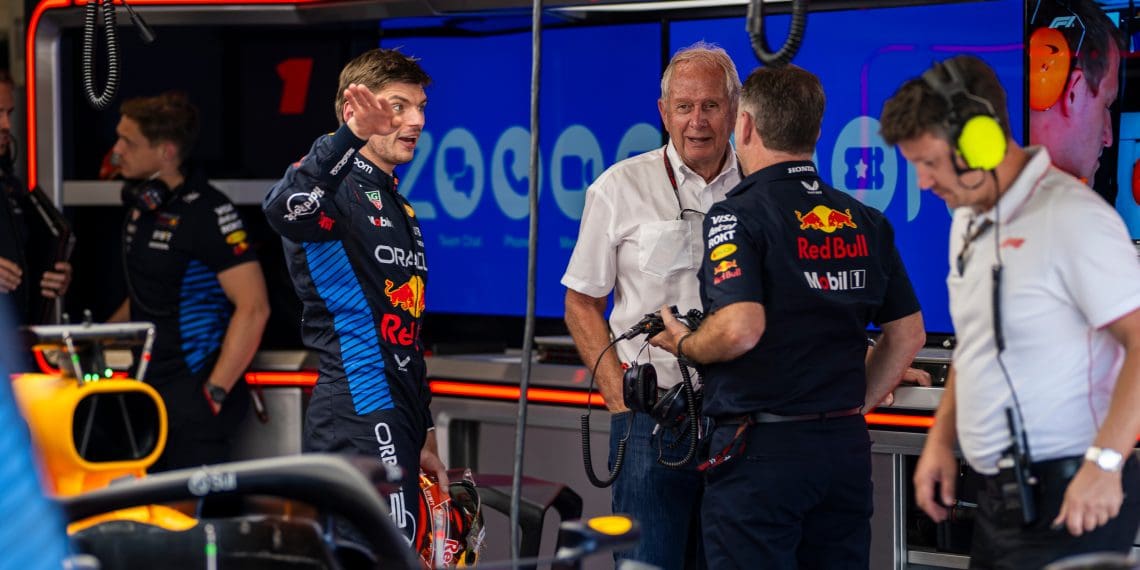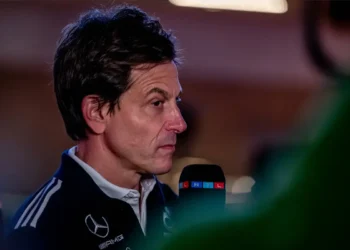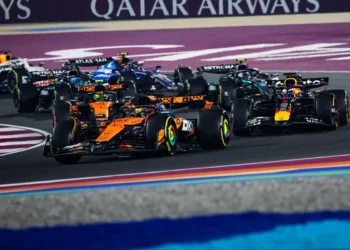Red Bull Racing faces its most pivotal challenge in years: balancing the immediate goal of reclaiming championship glory in 2025 with the long-term demands of the radical 2026 regulation overhaul. Paul Monaghan, Red Bull’s Chief Engineer, has laid out the team’s strategy to tackle this dual challenge, offering insights into how Milton Keynes plans to bounce back after a lackluster 2024 season.
After dominating Formula 1 for two consecutive years, Red Bull’s RB20 failed to keep the Austrian squad at the top, with the team projected to finish third in the Constructors’ standings this year. But if Monaghan’s words are anything to go by, Red Bull is leaving no stone unturned in its bid to return to the top.
2025: A Championship Blueprint Already in Place
Monaghan revealed that Red Bull began planning its 2025 car midway through the 2024 season, as the team identified key shortcomings in the RB20 that needed addressing.
“We want to compete for the championships,” Monaghan stated. “It’s not like we didn’t know halfway through the current season what we want to do next year and what we want to achieve with the new car.”
This proactive approach signals Red Bull’s commitment to reclaiming its status as F1’s benchmark team. While other teams celebrate their strides forward, Red Bull’s engineers have been laser-focused on creating a machine capable of propelling Max Verstappen back to the top of the podium in 2025.
The 2026 Rule Change Looms Large
However, Red Bull’s ambitions for 2025 come with a caveat. Monaghan acknowledged that the looming 2026 regulation changes—ushering in a new era of car design and power unit technology—complicate their efforts.
“It is also the case that next year’s efforts are complicated by the challenges regarding the car for 2026,” Monaghan admitted.
This creates a delicate balancing act for Red Bull. Overcommitting to the 2025 car could leave the team underprepared for the seismic shift in regulations the following year, while too much focus on 2026 could compromise their ability to challenge for titles in the short term.
Strategic Focus: Adapting to the Competition
Despite these challenges, Monaghan expressed confidence in Red Bull’s development path, emphasizing that the team is not only working to refine its concepts but also monitoring its rivals closely.
“We know which way we want to go; all the plans are ready,” Monaghan explained. “It’s about what we are doing compared to what the competition is doing.”
This comparison underscores Red Bull’s analytical approach, which has been a cornerstone of its past successes. By understanding the competition’s advancements, the team aims to benchmark its own progress and ensure it stays ahead in the arms race of F1 innovation.
A Potential Boost: Increased Wind Tunnel Time
One silver lining in Red Bull’s drop to third in the Constructors’ standings is the increased wind tunnel time the team will have for 2025 development. Under F1’s Aerodynamic Testing Restrictions (ATR), teams lower in the standings gain more testing time, which could provide Red Bull with a crucial edge in fine-tuning its next car.
Still, whether this advantage translates into a car capable of dominating remains to be seen. The task of developing two competitive machines—one for 2025 and another for 2026—is monumental, even for a team with Red Bull’s resources.
The Verstappen Factor: Will He Get a Championship-Worthy Car?
For Max Verstappen, the prospect of returning to championship-winning machinery is critical. The Dutch driver has proven his ability to extract the maximum from Red Bull’s cars in the past, but even his immense talent can’t compensate for an underperforming machine.
With rivals like McLaren and Ferrari surging ahead, Verstappen’s ability to challenge for a fourth drivers’ title in 2025 hinges on Red Bull delivering a car that can match or surpass the competition.
Conclusion: A High-Stakes Balancing Act
Red Bull faces one of the toughest balancing acts in modern F1: staying competitive in the short term while preparing for a seismic regulatory shift. As Paul Monaghan outlined, the team is confident in its plans and strategy, but the execution will be the ultimate test.
The 2025 season could mark a return to glory or serve as a prelude to a more challenging future, depending on how well Red Bull manages this critical period. With increased wind tunnel time and a clear development roadmap, the ingredients for success are there—but in the world of Formula 1, nothing is guaranteed.










